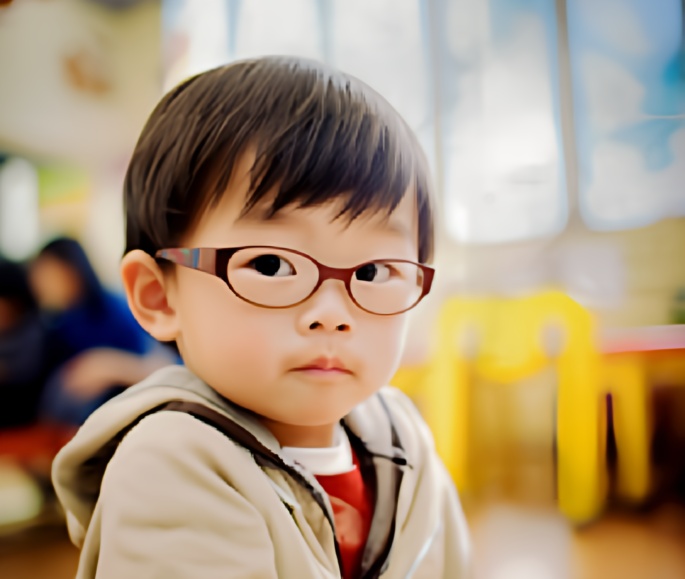What Is The Main Cause Of Myopia?
Nearsightedness happens:
The light rays will come to a point in front of the retina. The messages sent from the retina to the brain are perceived as blurry.

Common Signs of Myopia to Look for in Children
Your child does not always know if they cannot see things clearly — or even know that their vision is not “normal.”
Myopia Treatments for Children
Myopia therapy is a relatively new form of treatment. However, it has proven to be effective in slowing the progress of myopia in children. The younger myopia treatment begins, the more effective the treatment.
Most common choices of treatments are:
Myopia Control Lenses
Traditional glasses and contacts correct nearsightedness but don’t prevent it from worsening, leading to stronger prescriptions over time. Myopia control lenses bend peripheral light rays to focus light in front of the retina, slowing eye growth and reducing myopia progression.
Atropine Eye Drops
A low dose prescription eye drop that can reduces “focusing fatigue” which links to myopic progression.
Soft Contact Lenses
This is a non-surgical technique that uses specially designed contact lenses. These contact lenses are shaped around the cornea by bending the peripheral light rays. This provides clear central vision during the day.
Untreated myopia increases the risk of eye diseases like glaucoma and retinal detachment. A rapidly changing vision affects daily activities such as studying and sports. Early detection and management are key.